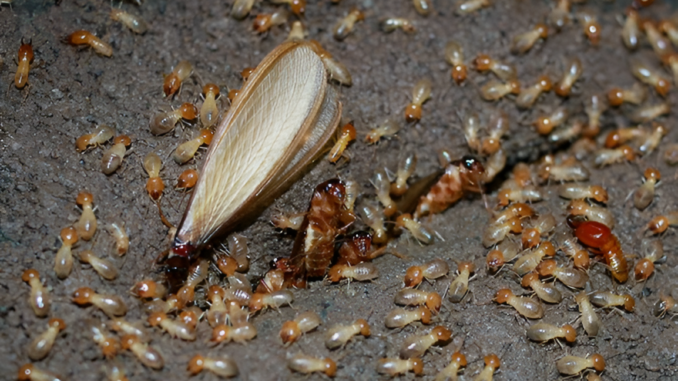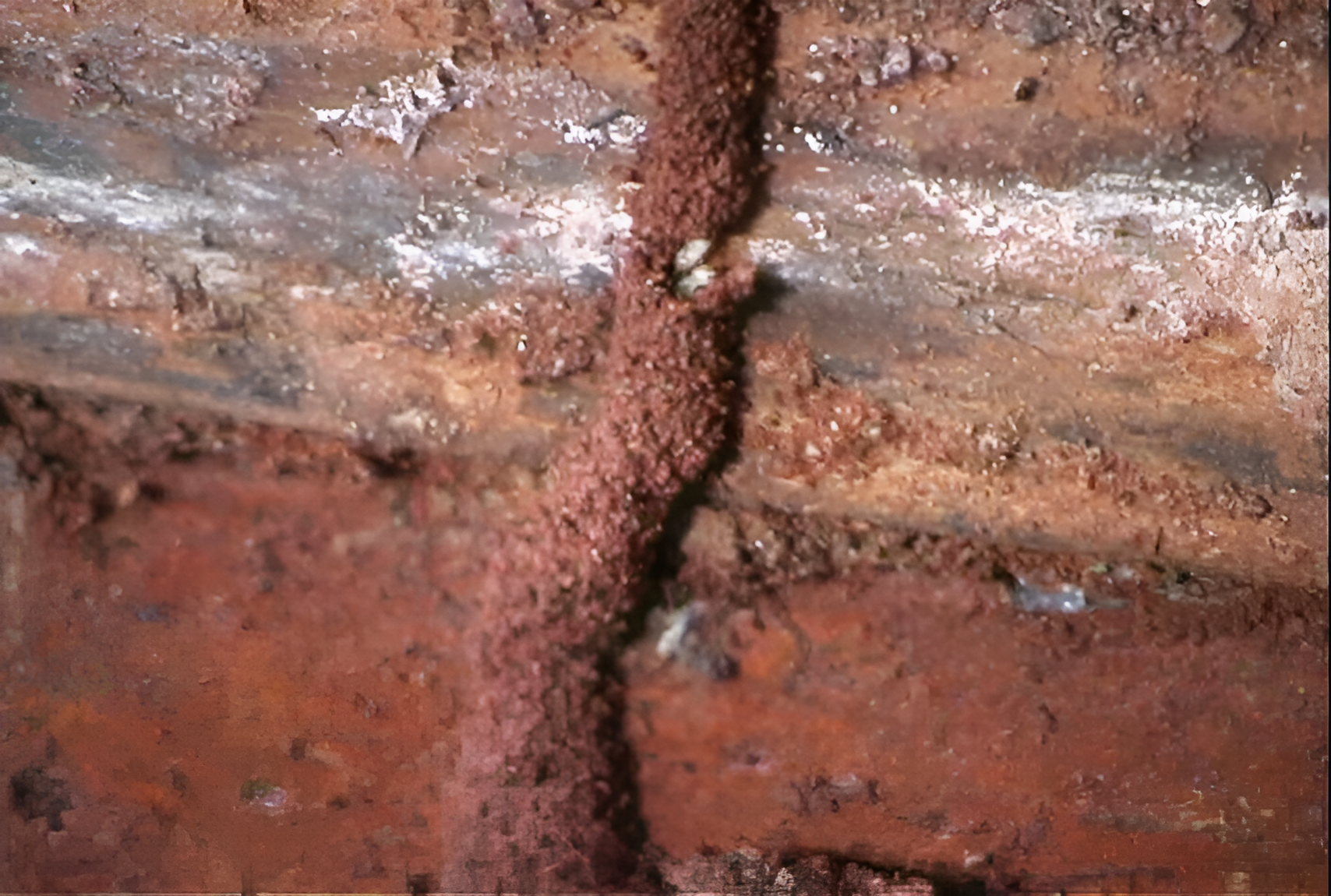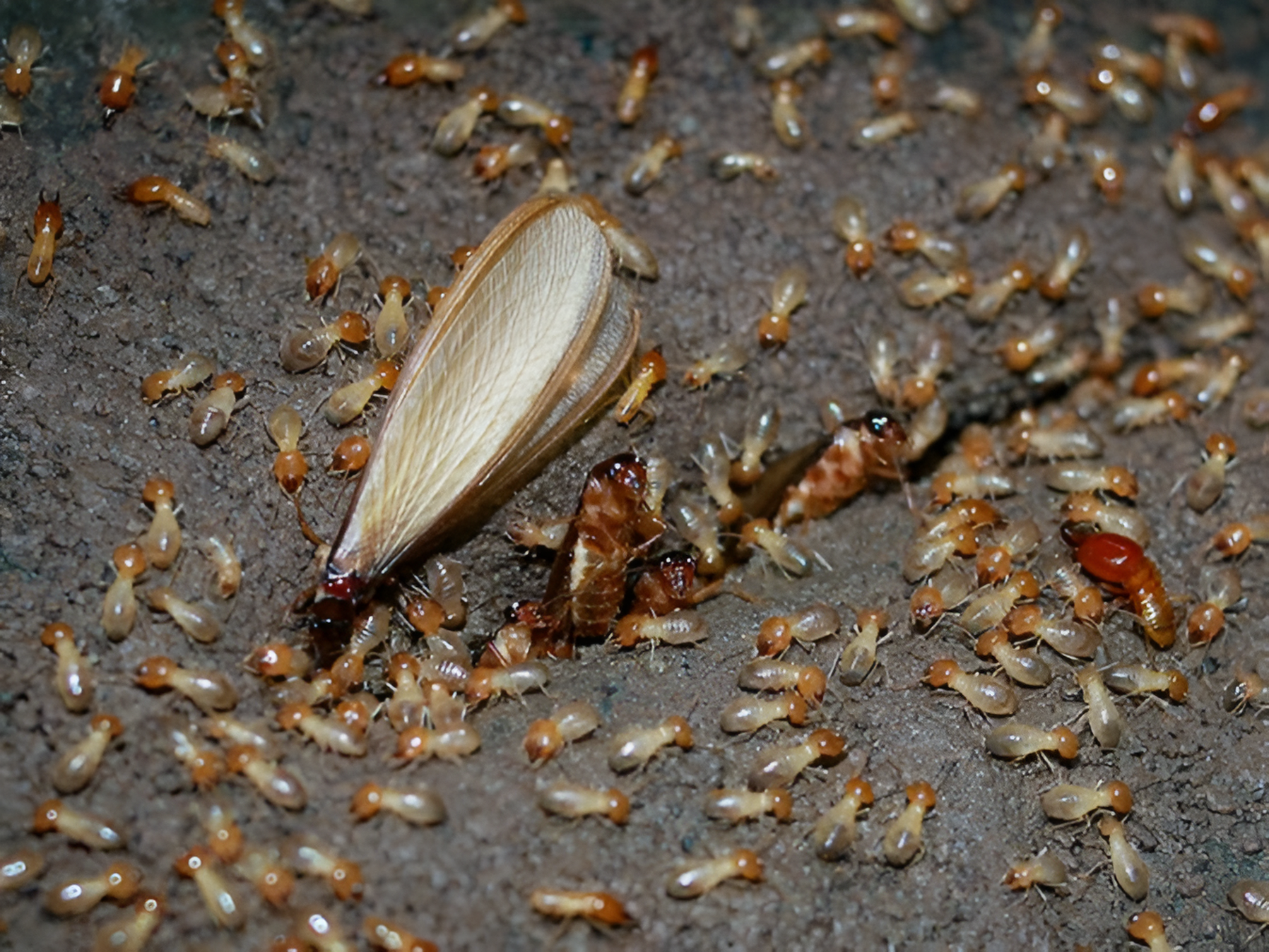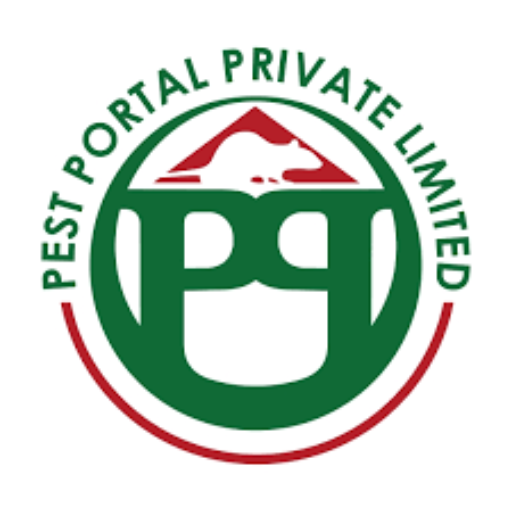
Silent Destroyers: Recognizing Termite Infestations and Problems in Zimbabwe
Have you got a termite infestation or problems in Zimbabwe? Call 0772593344 for affordable, reliable and professional termite solutions in Zimbabwe
Termites, often referred to as “silent destroyers,” are a common pest in Zimbabwe, causing significant damage to homes and other structures. While they may operate discreetly, there are telltale signs that can alert you to their presence and help you take proactive steps to protect your property.
Understanding the Enemy: Termites in Zimbabwe
Zimbabwe is home to a variety of termite species, each with their own characteristics and feeding preferences. The most prevalent include:
Subterranean termites: These are the most common and destructive species in Zimbabwe. They live in underground colonies and construct mud tubes to travel to their food sources, often causing significant damage to wooden structures.
Drywood termites: These termites nest in dry wood, typically found in furniture, beams, and wooden flooring. They are often harder to detect, as they don’t create mud tubes.
Dampwood termites: As their name suggests, these termites thrive in damp wood, such as rotting logs or wood in contact with moisture. They are less common than subterranean termites, but still pose a threat.
The Telltale Signs: Recognizing a Termite Infestation in Zimbabwe
Identifying a termite infestation early is crucial to preventing extensive damage. Look out for these common signs:
1. Mud Tubes:

Subterranean termites construct mud tubes to travel between their nests and food sources. These tubes are usually found on the ground, exterior of buildings, often near the foundation or along walls. They may also be found in crawl spaces or attics.
2. Frass (Termite Droppings):
Termites produce small, pellet-like droppings called frass. These can be found near termite nests, often in piles or scattered around the affected area. Frass may be dark brown or black in color.
3. Termite Swarms:

During swarming season, which usually occurs in spring or summer, winged reproductive termites take flight to establish new colonies. You might see them swarming around lights or near windows.
4. Damaged Wood:
Termites feed on wood, leaving behind telltale signs of damage. This can include:
Hollow-sounding wood: When you tap on wood that has been infested with termites, it may sound hollow.
Blistering or peeling paint: Termites can cause paint to blister or peel as they tunnel beneath the surface.
Wood that is weakened or crumbling: Termites can weaken wood structures, making them prone to collapse.
Tiny holes in wood: Termites leave small, round holes in the wood they feed on.
5. Unusual Sounds:
Listen for sounds of chewing or clicking coming from within the walls or furniture.
6. Damaged Plants:
Some species of termites can also damage plants, causing wilting or discolored foliage.
Beyond the Basics: Additional Signs of a Termite Infestation
Winged termites: If you find shed wings near a window or doorway, it could indicate a termite infestation.
Termite tunnels: Look for small tunnels or galleries beneath the soil or within wood structures.
Swelling or buckling floors: Termites can damage floor joists, causing floors to sag or buckle.
Discolored walls: Termites can leave behind discolored stains on walls as they travel through them.
Taking Action: What to do if You Suspect a Termite Infestation in Zimbabwe
If you suspect a termite infestation, it’s important to act promptly. Do not attempt to treat the infestation yourself, as this can be dangerous and ineffective.
Contact a qualified pest control professional who specializes in termite control.
They can:
Identify the type of termite infestation: A pest control services professional can accurately diagnose the type of termite infestation and determine the best course of action.
Develop a treatment plan: A professional will develop a customized treatment plan to eliminate the existing infestation and prevent future infestations.
Use appropriate control methods: Termite control methods vary depending on the type of infestation. Common methods include:
Liquid termiticides: These are applied as a soil treatment around the perimeter of the building to create a barrier against termites.
Baiting systems: These use a combination of bait stations and termiticides to eliminate termites from the colony.
Fumigation: This method involves sealing the building and filling it with a fumigant gas to kill termites.
Provide ongoing monitoring and maintenance: A professional will monitor the treated area and provide ongoing maintenance to prevent future infestations.
Prevention is Key: Protecting Your Property from Termite Infestation in Zimbabwe
While termite infestations can be challenging to control, there are several steps you can take to prevent them in the first place:
Maintain a dry environment: Termites thrive in moist environments. Make sure your home is well-ventilated and that any leaks or drainage problems are addressed promptly.
Remove wood from direct contact with soil: Create a barrier between your home’s foundation and soil by using treated lumber or a material like brick or concrete.
Inspect your home regularly: Regularly inspect your home for signs of termites. Pay particular attention to areas around windows, doors, and foundations.
Store wood properly: Store firewood and other wood materials away from the building to prevent termites from making a home in them.
Use termite-resistant wood: When building or repairing your home, consider using termite-resistant wood products.
Protecting your home from termites requires vigilance and proactive action. By understanding the signs of a termite infestation, taking prompt action, and practicing preventive measures, you can keep your home safe from these silent destroyers.


